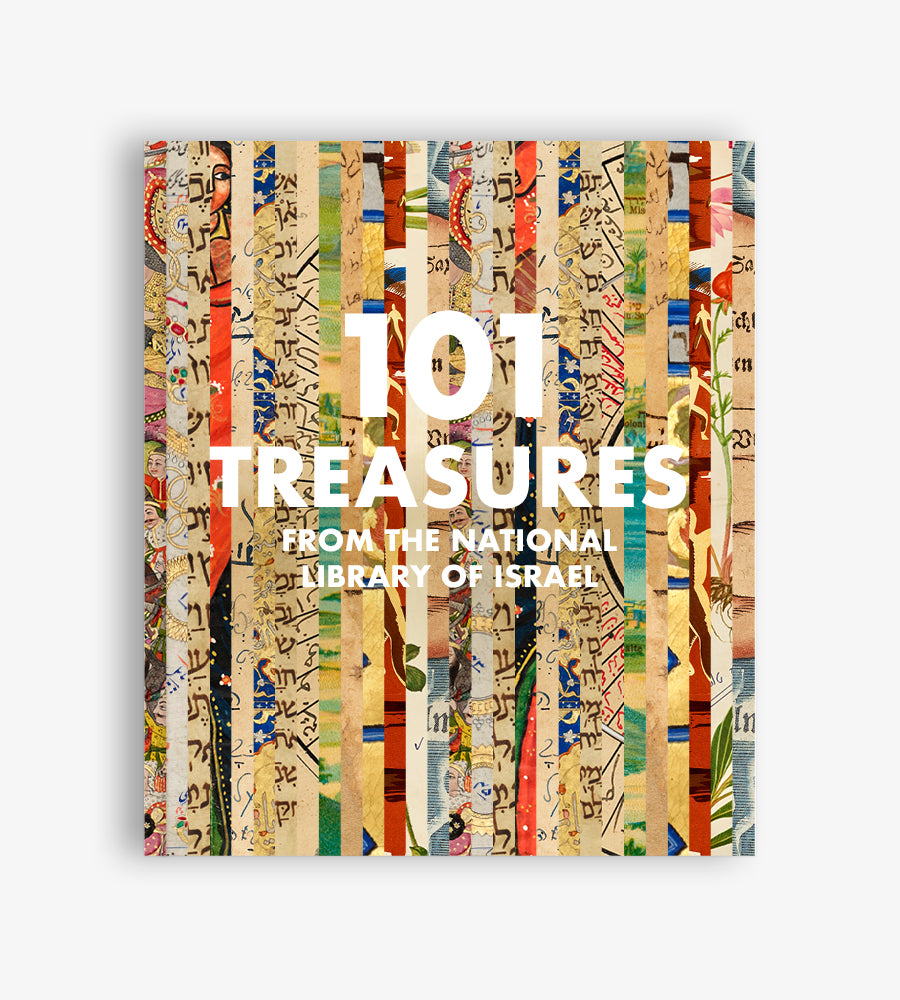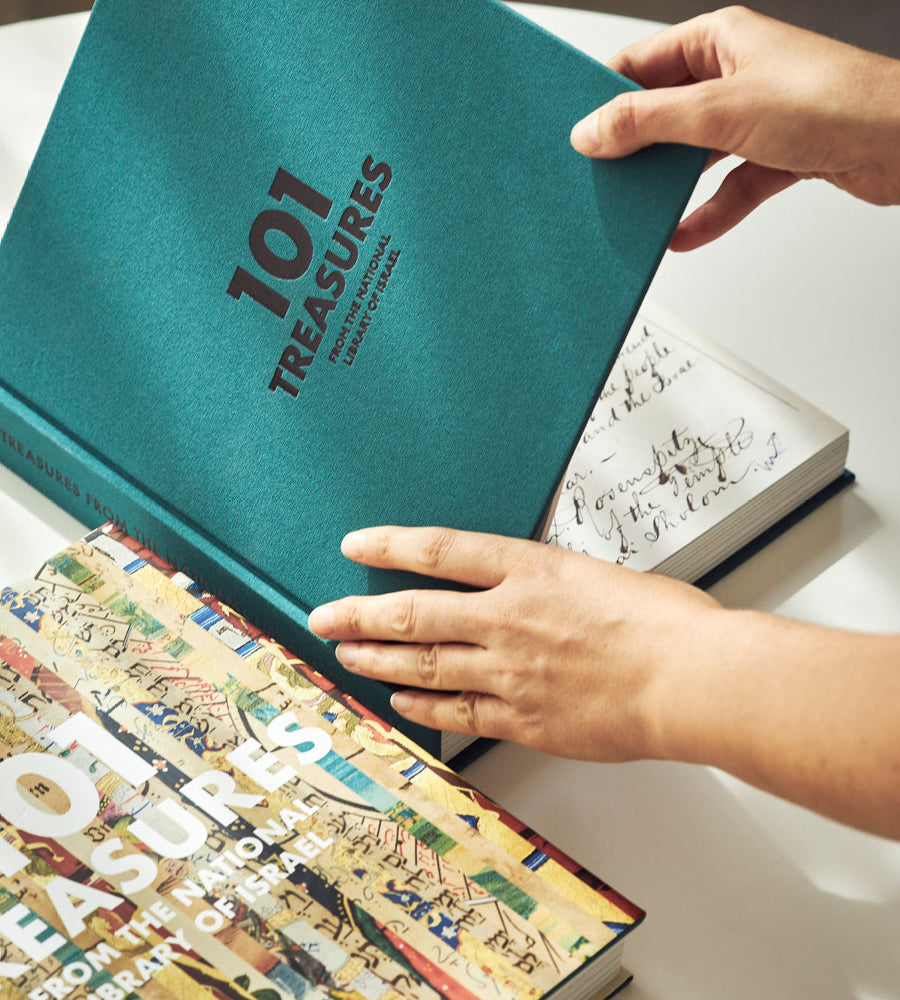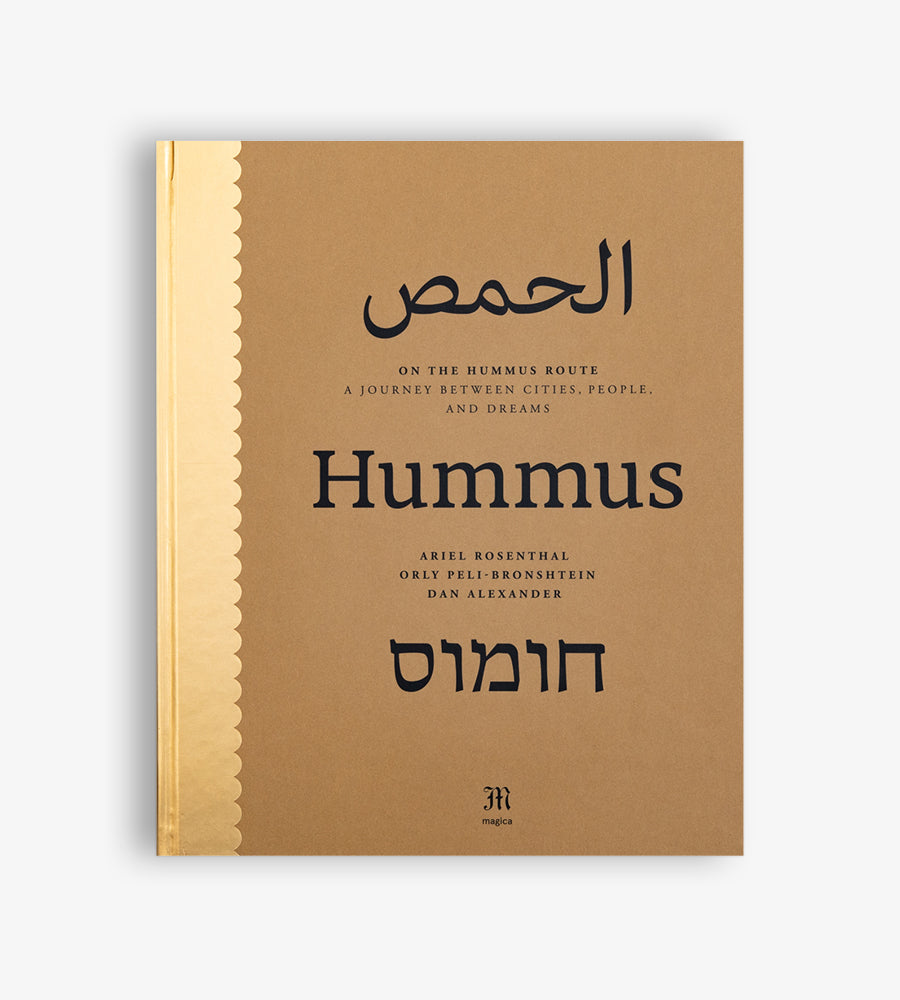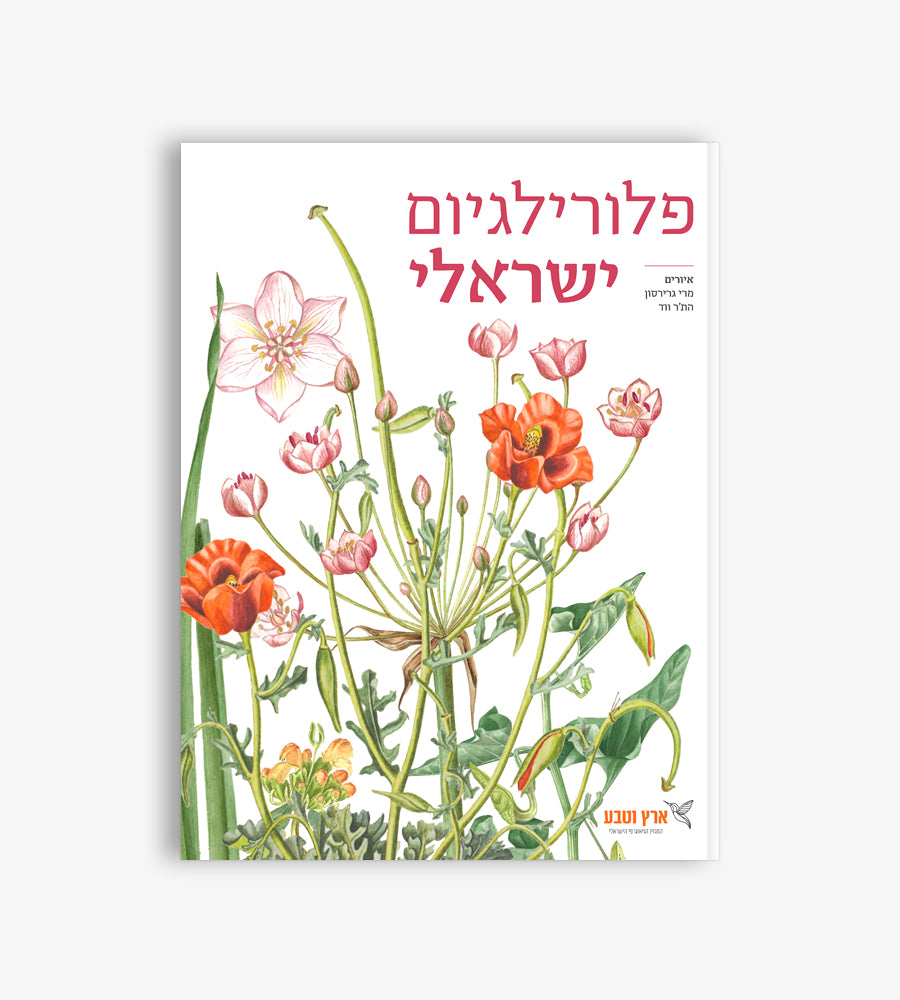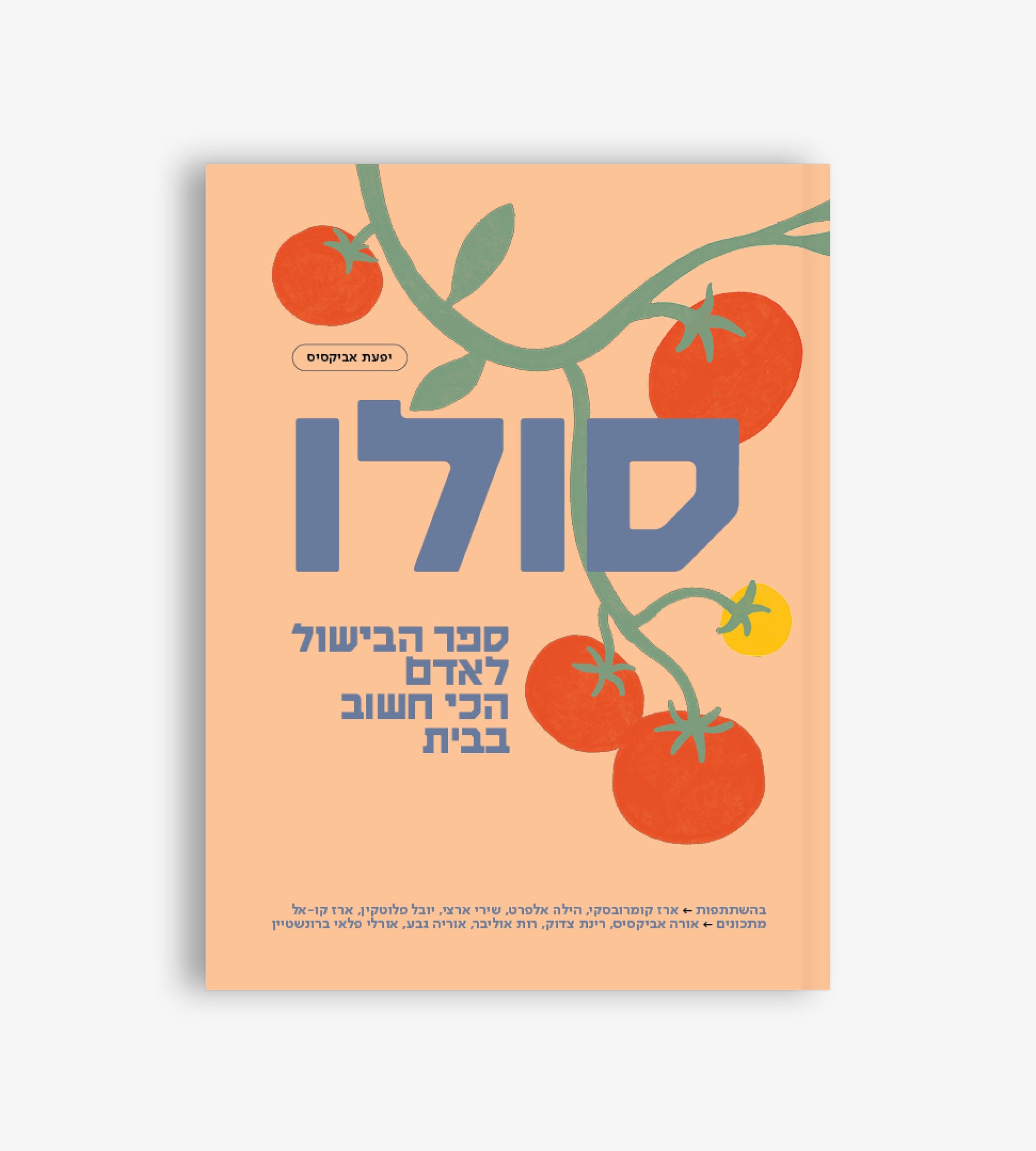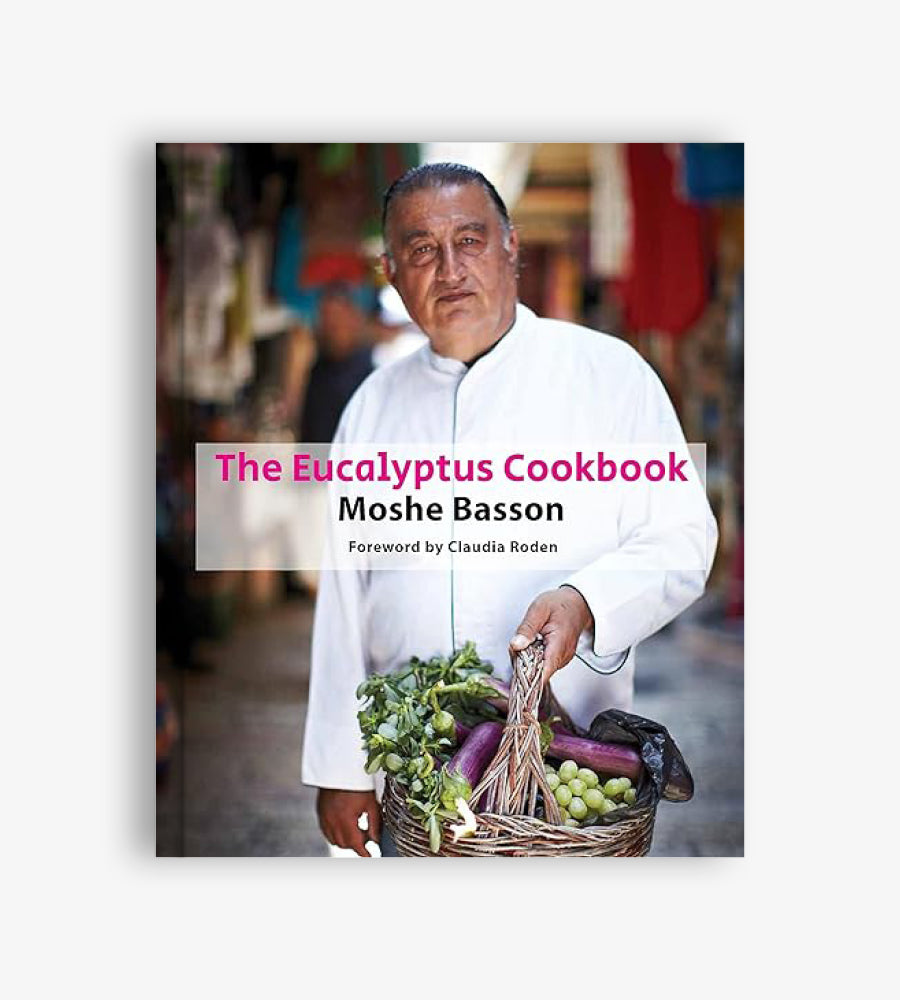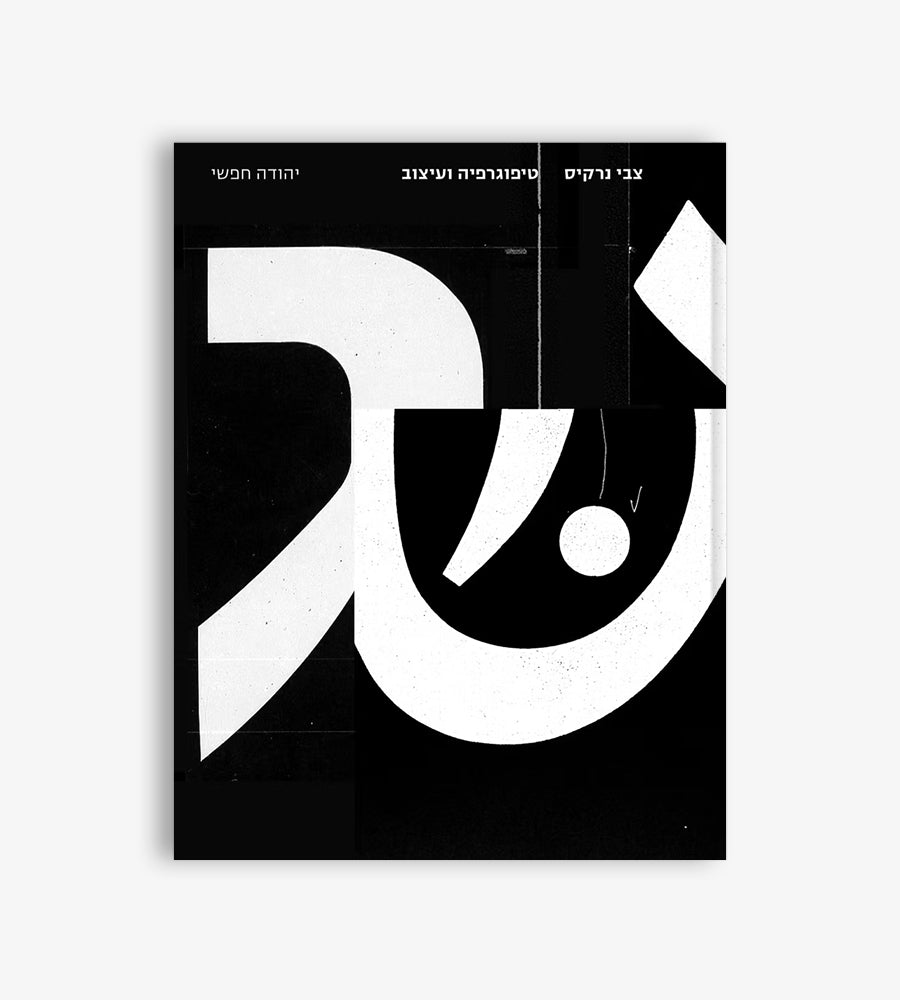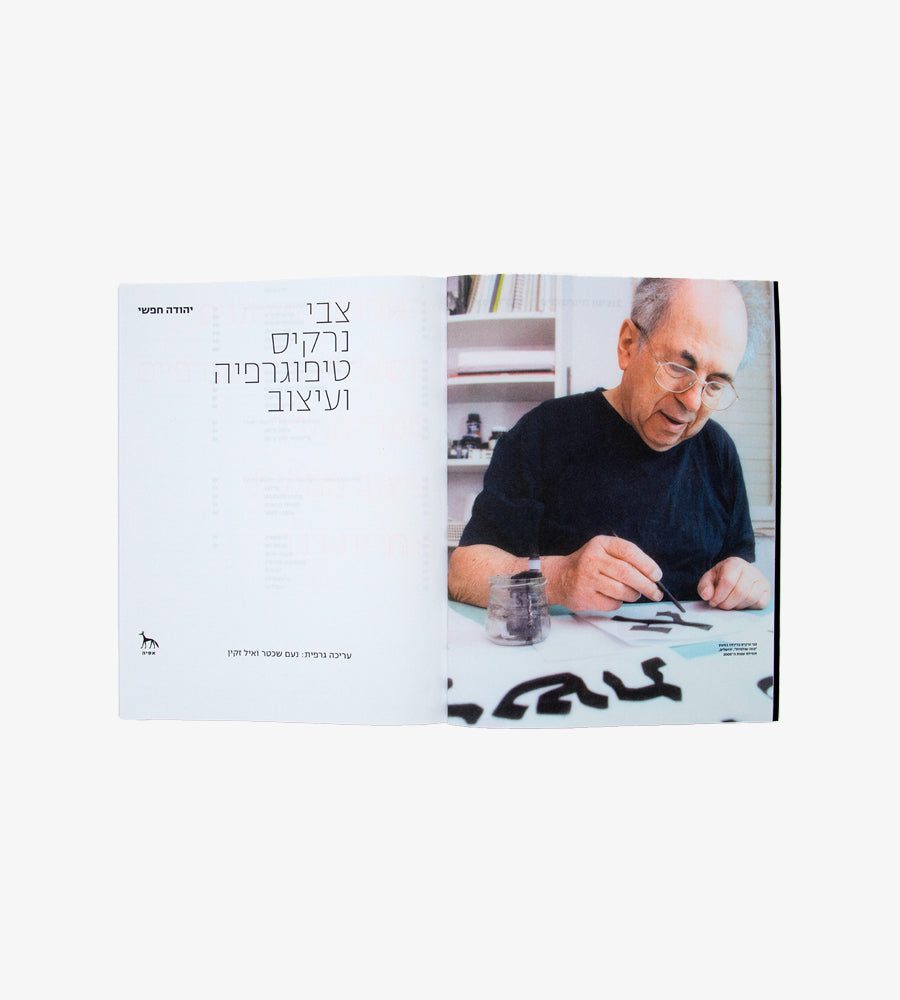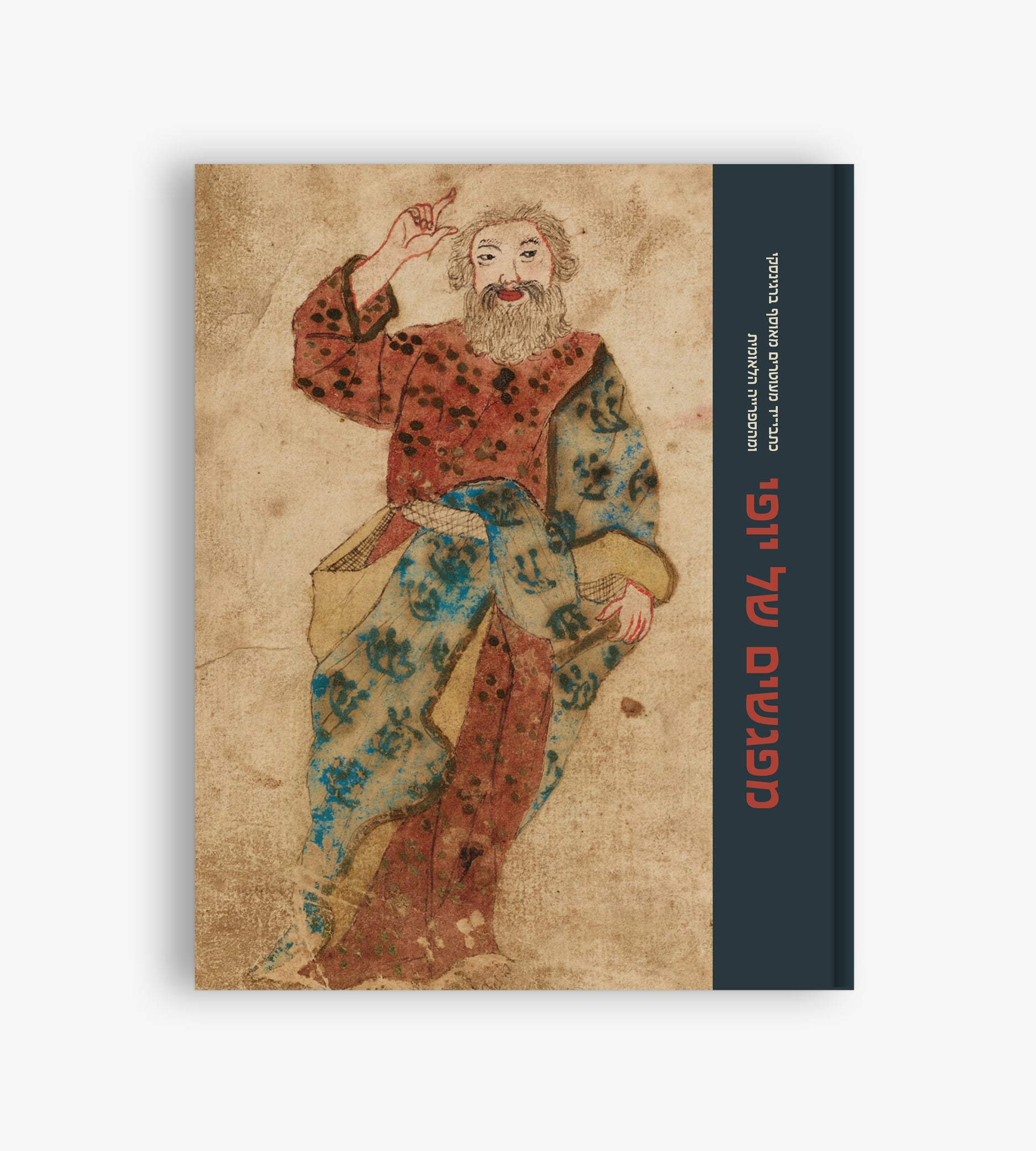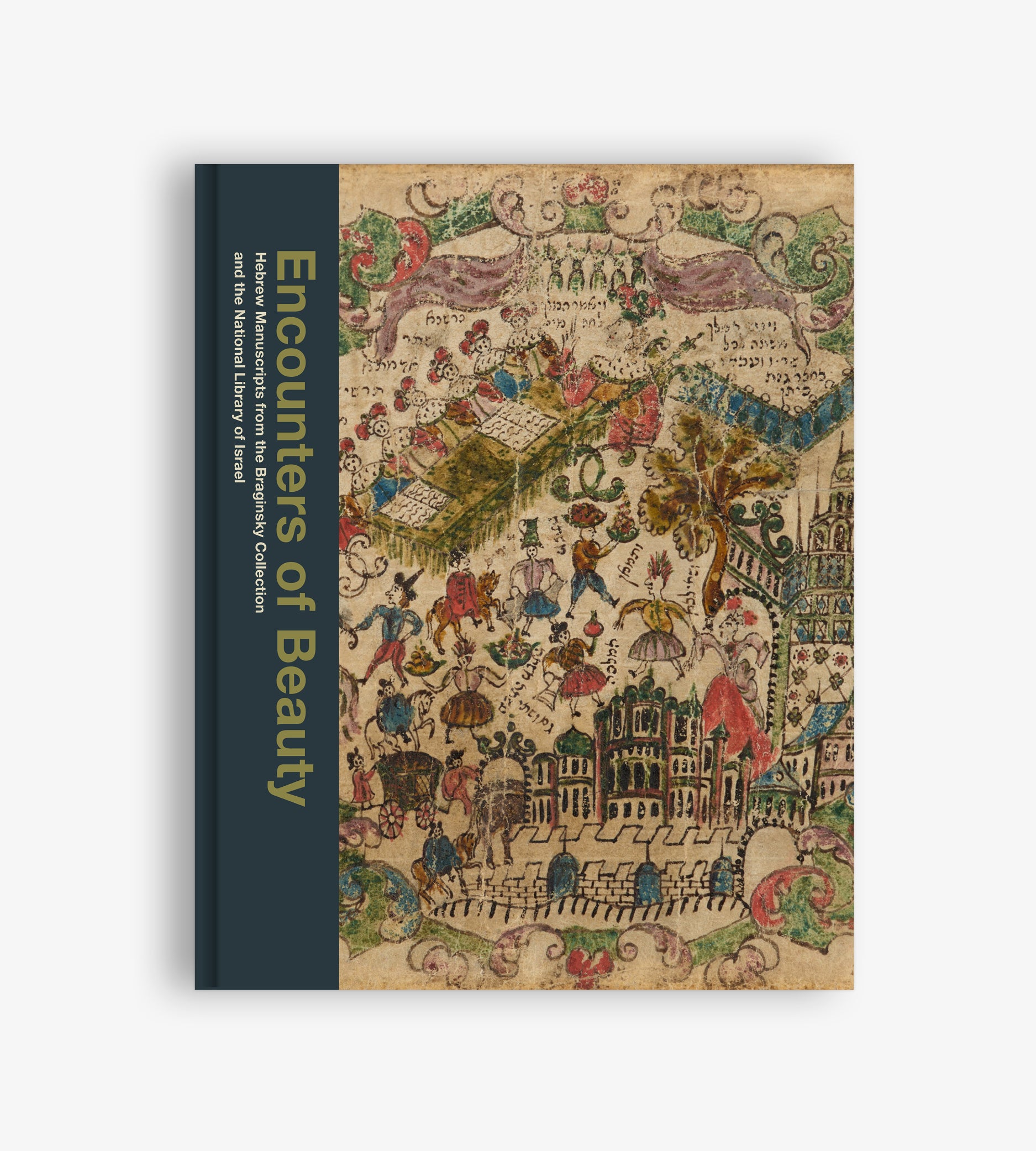Article: Book of Love
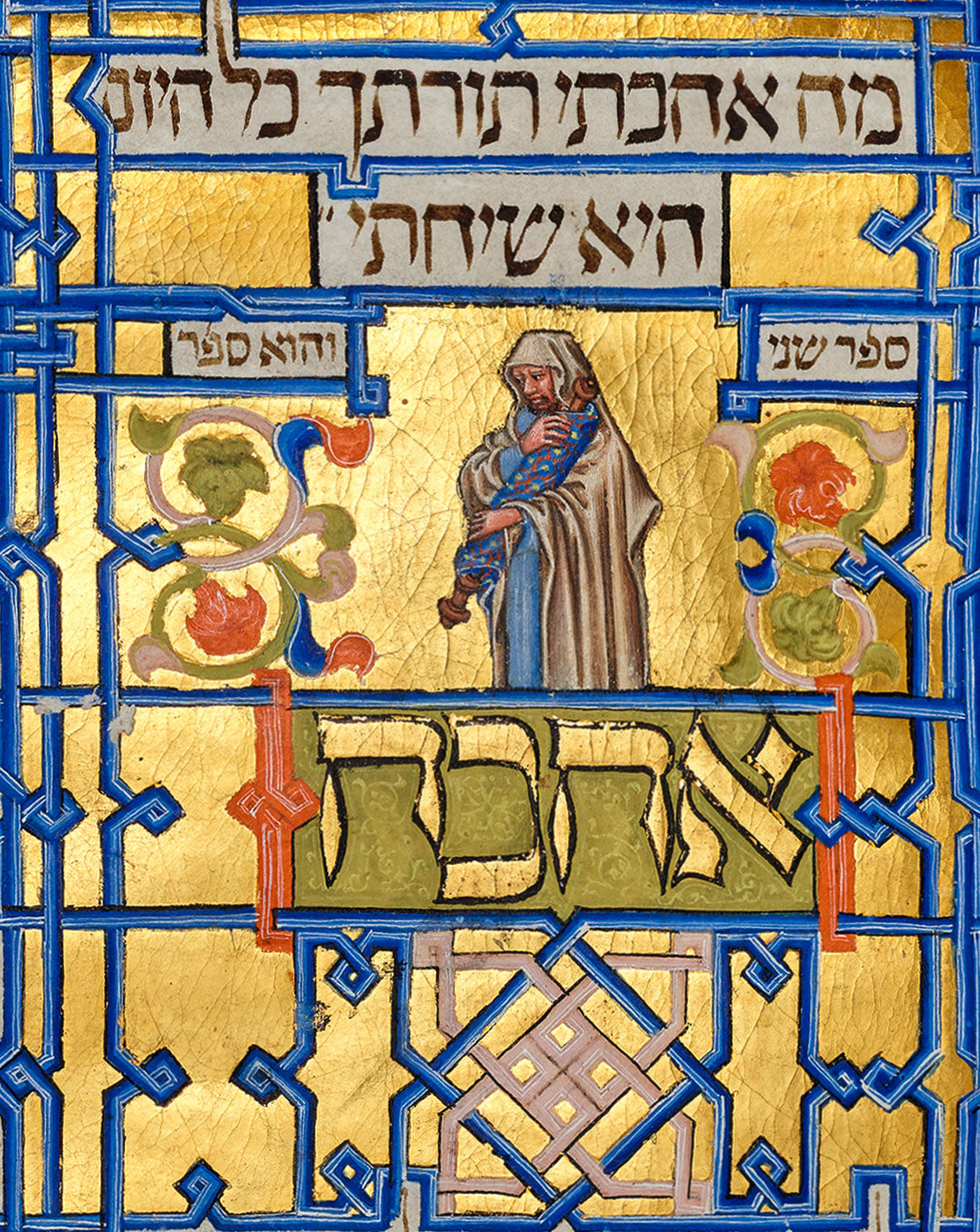
Book of Love
Yitzchack gila

A man wrapped in a tallit cradles a Torah scroll like a baby, gazing lovingly at the scroll and expressing his love for Torah. This magnificent illumination serves as a visual commentary on Maimonides’s “Book of Love,” part of his monumental code of Jewish law known as the Mishneh Torah. The “Book of Love” summarizes laws and practices relating to the closeness between humans and God, such as prayer, blessings, tzitzit, and Torah scrolls.
Rabbi Moses ben Maimon (Maimonides) was one of the greatest Jewish sages of the medieval period, as well as a judge, philosopher, and physician. Maimonides was born in Cordoba, Spain, in 1138. His wanderings led him to Cairo, where he lived and worked until his death in 1204. Though there were those who disagreed with his writings and opinions, Maimonides was widely admired for his halachic and philosophical work. This is evidenced by various magnificent manuscripts of his masterpieces, the Mishneh Torah and the Guide of the Perplexed, in which the text is accompanied by colorful illustrations and ornamentation.
This illuminated manuscript of the Mishneh Torah was copied on parchment in Spain in about 1350. The scribe, known only as Isaac, copied the manuscript but left empty spaces for an artist to insert accompanying illustrations. The introduction and opening pages were illustrated by an unknown Spanish painter. The remaining first forty pages were illustrated decades later by Matteo di Ser Cambio, a non-Jewish painter from Perugia, Italy, who probably lived in the late fourteenth and early fifteenth centuries. He based his paintings on other contemporary manuscripts of the Mishneh Torah, bringing them to life with polished gold and dazzling colors.


